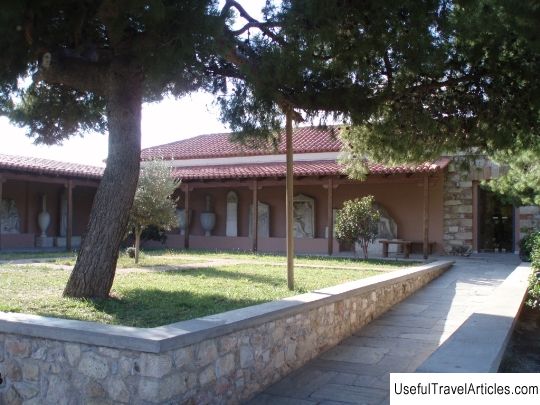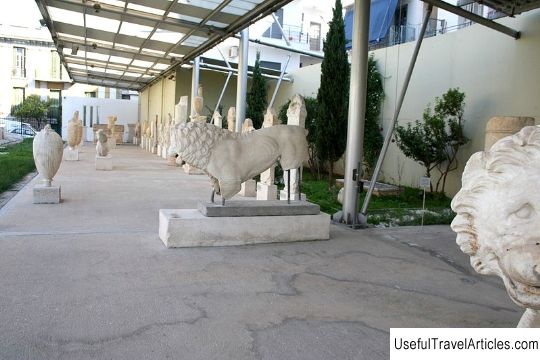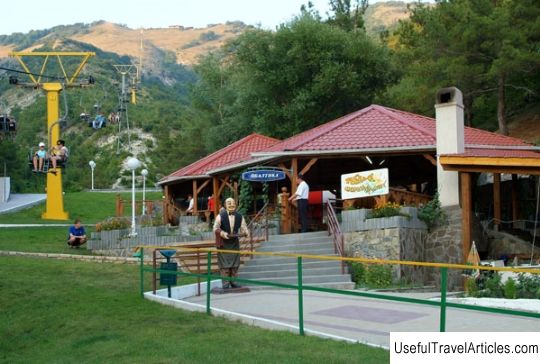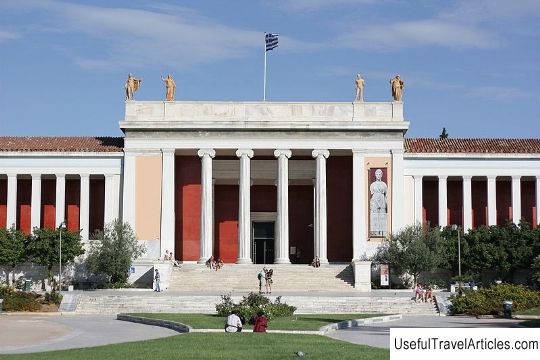Archaeological Museum of Kerameikos description and photos - Greece: Athens
Rating: 7,9/10 (6897 votes) Archaeological Museum of Kerameikos description and photos - Greece: Athens. Detailed information about the attraction. Description, photographs and a map showing the nearest significant objects. The name in English is Archaeological Museum of Kerameikos. Photo and descriptionNot far from Piraeus street is the Keramika Archaeological Museum. This is a small museum in the so-called Outer Pottery (one of the districts of Athens). It is in this area that in ancient times there were numerous workshops engaged in the manufacture of the famous Attic ceramics. The museum was built in 1937 by the architect I. Ioannis. The funds for the construction were allocated by businessman and philanthropist Gustav Oberlander. In 1960, the museum was expanded, thanks to funding from the Beringer brothers. In terms of architecture, the building of the museum is quite simple: 4 exhibition halls frame the courtyard, which comfortably houses a small garden with olive trees and laurel bushes. Outside, the building is surrounded by a covered gallery. Sculptures are exhibited in the first hall and atrium. The main exhibit of the atrium includes a marble statue of a bull from the grave of Dionysius (the original is in the museum, and a copy is installed in the original place), 340 BC. The three remaining rooms contain an impressive collection of ancient Greek ceramics. You can also see jewelry and household items of that era. The most famous exhibits also include an amphora from the early Geometrics period (a characteristic style for Greek vase painting from 900-700 BC), circa 860-840. BC. Also noteworthy is the black-figured lecythian (an ancient Greek vase with a narrow neck on a small leg, intended for storing olive oil) by the vase painter Amasis 550-540. BC, the body of the vase is decorated with a figure of Dionysus and two satyrs. In the museum you can see a statue of a marble sphinx, this exhibit dates from 550-540. BC. One can also highlight the red-figured hydria (an ancient Greek ceramic vessel for water, which was also used for casting lots during voting and as an urn for the ashes of the dead), dates back to 430 BC. Also of interest are the Amphitrite Naisk with a marble relief and its image, and the marble Naisk of Dexileus, both 430-420 AD. BC. The collection of artifacts presented in the museum is quite extensive, and gives a complete picture of the skill of the ancient Greeks.       We also recommend reading Mytilene description and photos - Greece: Lesvos Topic: Archaeological Museum of Kerameikos description and photos - Greece: Athens. |





